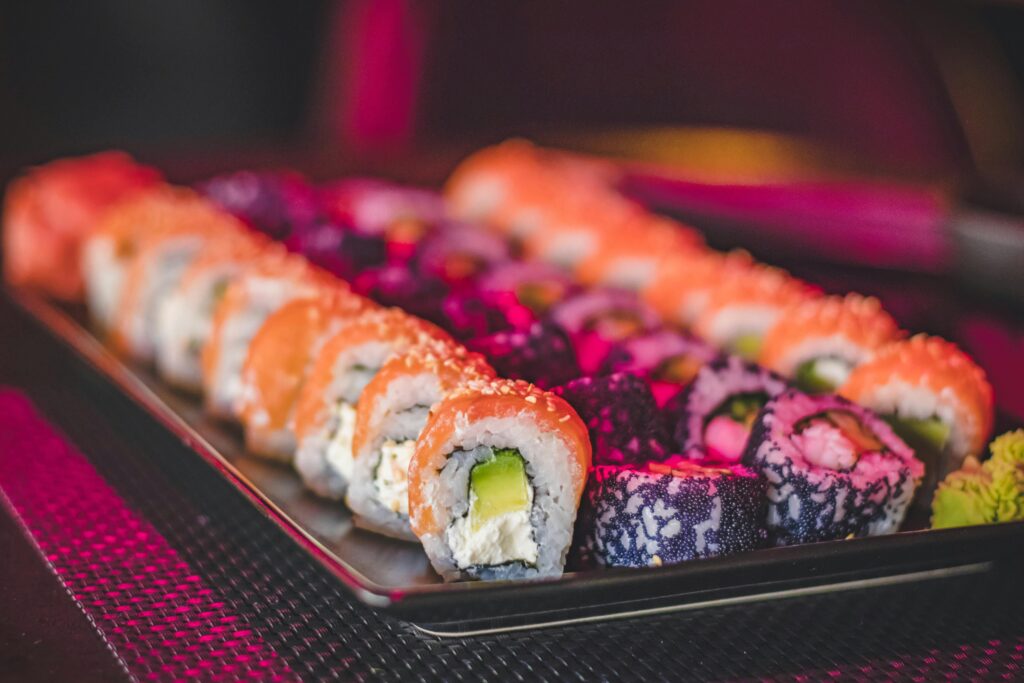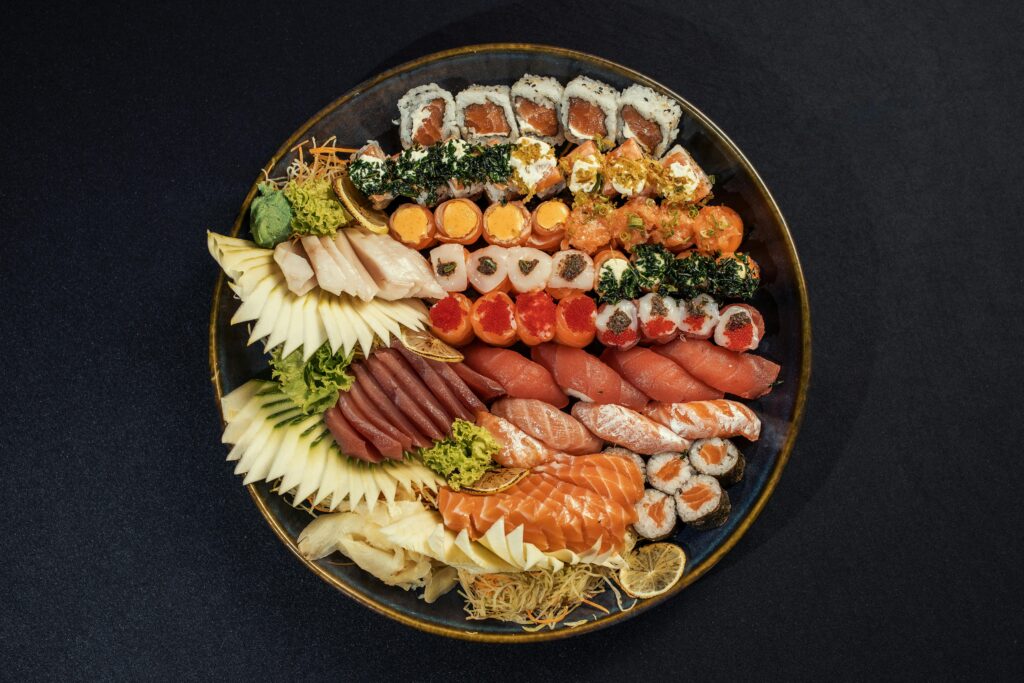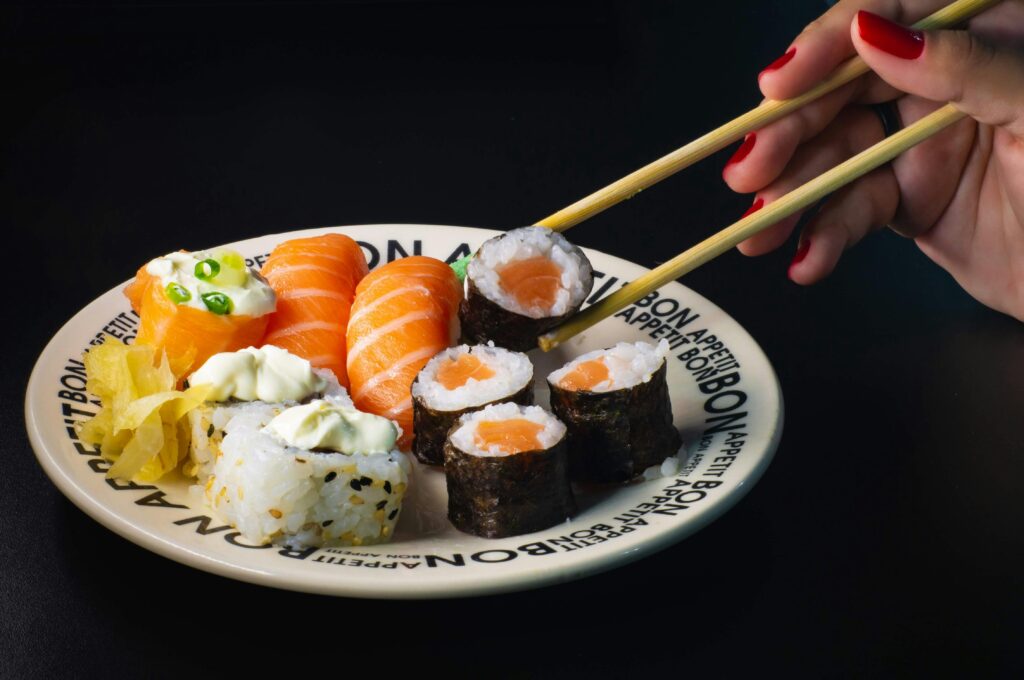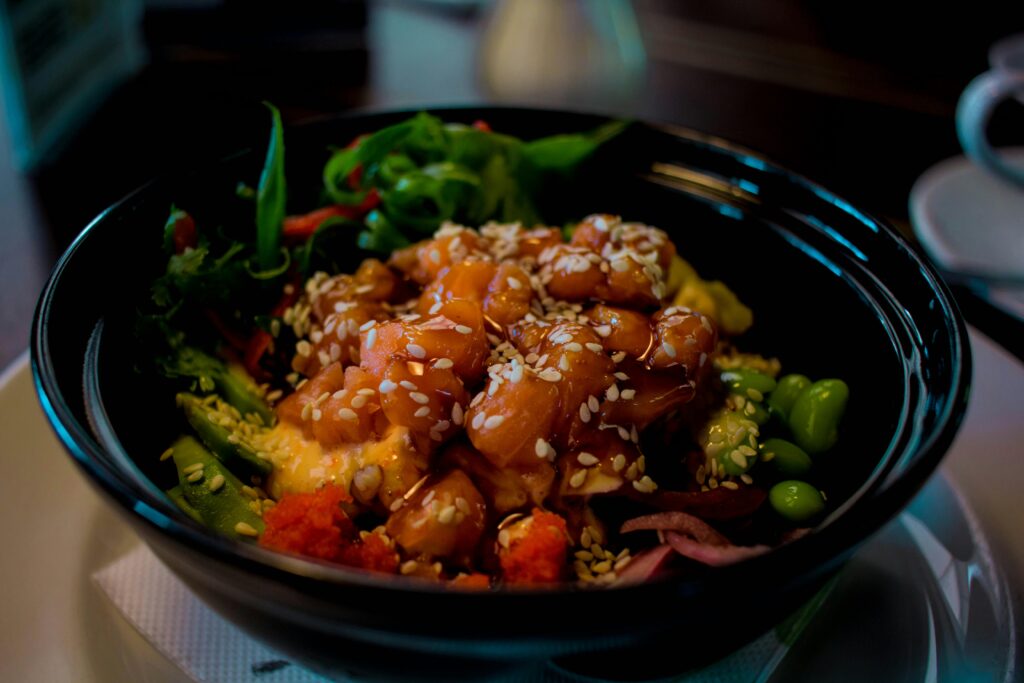Passover is full of tradition and recollection of our way out of slavery. But we all know that keeping Passover after a few days can bring about the sameness of meals, when it comes to not eating chametz (leavened grains) and kitniyot (like rice and beans if you were an Ashkenazi Jew). It is so true that one dreams about sushi throughout the eight days. The good news? A bit of imagination and a few bright exchanges, kosher for pesach sushi recipe and you will be able to get down to some of the best, really kosher Pesach sushi either at your seder itself or even during a celebratory lunch. The whole point of this guide is to make that easy and with the ingredients you can feel good about.

Why Regular Sushi Needs a Passover Makeover
The biggest hurdle for Passover sushi is the rice. For many, rice falls under the kitniyot category and is off-limits. Plus, regular soy sauce comes from soybeans (also kitniyot), and rice vinegar? That’s out too. So, we need clever alternatives that still give us that satisfying sushi experience. The key is finding substitutes that act like rice – something sticky enough to hold the roll together. Certified kosher for Passover quinoa is a fantastic option approved by major authorities. If quinoa isn’t your thing, or your community avoids it, kosher for pesach sushi recipe finely grated cauliflower steps in beautifully. And don’t worry about the seaweed (nori) – just grab a sheet with a reliable kosher for Pesach hechsher. Other fillings such as fresh salmon, creamy avocado and crunchy cucumber are good to go in the first place. All of this is about re-imagining the base!
Light, Fresh, and Perfect for Pesach
Cauliflower “rice” is a whole new game changer for Passover sushi rolls. It is so very easy and tastes exquisite. Take a whole cauliflower. Cut the florets and pulse them in the processor to look like little granules or grainy as fine as gritty sand. And now, here comes the life-changing part: squeeze all that grated cauliflower in a clean kitchen towel or in multiple sheets of very strong (as in toilet paper thick) paper towels. Squeeeeeze out as much water as you possibly can! This keeps your rolls from getting soggy. Put the dry cauliflower in a bowl. Add a pinch of kosher salt, a teaspoon of sugar, kosher for pesach sushi recipe and a good splash of Passover-approved vinegar – apple cider vinegar works great. Want some umami depth? A little kosher for Pesach soy sauce alternative stirred in does wonders.
A Heartier, Protein-Packed Passover Option
Thanks to its Passover certification, quinoa has become a lifesaver for holiday meals, and it makes incredible sushi! First of all, rinse quinoa very well under cold water. It takes away the natural varnishy coating (saponins) that taste so bitter. Then, cook it just like you would rice: simmer one cup quinoa with two cups water and a pinch of salt for about 15 minutes, until fluffy and the little “tails” pop out. Let it cool completely – warm quinoa makes sticky rolls harder to handle. For the flavor then, whisk up the following: about a quarter cup of fresh lemon juice (rice vinegar’s tangy vegan cousin), a tablespoon of sugar, and a teaspoon of salt. Now add the cooled quinoa, and drizzle that all over and fold that together, kosher for pesach sushi recipe and that’s it.

A Fun, Crunchy Twist on Tradition
Why not let the star of Passover, matzah, become your sushi wrapper? It adds a fun, nostalgic crunch. Take whole sheets of matzah and briefly soak them in a dish of beaten egg or just water. You only need 2-3 minutes – just long enough for them to soften and become pliable without turning to mush. Carefully lift them out and gently pat dry. Heat a tiny bit of oil in a skillet and lightly cook each softened matzah sheet for a minute per side just to make it flexible. Now, assemble like a wrap: lay your fillings – think smoked salmon and a schmear of cream cheese, kosher for pesach sushi recipeor maybe some tuna salad – along one edge. Roll it up snugly. Slice your matzah log into bite-sized pieces.
Keeping Your Passover Sushi Bursting with Flavor
It is all about the selection of fillings and sauces to make kosher Pesach sushi marvelous. Use fresh and simple ingredients that are naturally compliant or are certified accordingly. With proteins, it is always a winner with smoked salmon (lox). When you use raw fish such as tuna be sure that it is of sushi-grade and a quality kosher certification that has a specific Passover certification. Grilled chicken or kosher-for-Pesach mock crab (surimi, if that is kosher according to your custom) will do too. Vegetables are no problem: avocado, cut into little creamy cubes; cucumber, peeled, in matchstick slices; kosher for pesach sushi recipe shredded carrots; or steamed asparagus spears (tender-crisp). Anything that is non-kosher pickled or soy sauce marinated beforehand should be avoided. Sauces need clever swaps too.
Tips for Perfect Passover Sushi Every Time
Don’t be intimidated by rolling! A few simple tricks ensure your Passover sushi holds together beautifully. First, moisture is the enemy of a good roll. If using cauliflower, squeeze out every drop of water you can. If using quinoa, make sure it’s fully cooled and not overcooked (mushy quinoa is hard to work with). When assembling, place your fillings about an inch up from the bottom edge of your nori or matzah. Use a bamboo rolling mat – they’re cheap and make a huge difference. Place the mat under your nori, add the filling near the bottom, then use the mat to lift and roll the edge over the filling, tucking it in snugly.

The Bonus Perks of Passover Sushi
Beyond being delicious and compliant, kosher for Pesach sushi can actually be a really healthy choice for the holiday. Cauliflower rice has a low carbohydrate content and it is rich in fiber and vitamins. Quinoa is a food that is nutritionally loaded, providing complete protein, and minerals. Fish such as salmon provides you with the much needed omega-3 fatty acids, and avocado contains heart-friendly oils. A portion of two rolls is usually between 150-200 calories, so it is a rather light and especially satisfying choice. Not having to consume all that dense traditional rice can also make you feel a bit more energetic and bloat free, which is a good feeling when it is already a week of huge meals!
Serving Up Your Passover Sushi Masterpiece
One advantage of Passover sushi is that it is so versatile. It is brilliant in so many contexts. To make a dazzling cheddar appetizer, place pretty colored rolls in a dish. A beautiful presentation can be made by garnishing with fresh parsley and lemon wedges. Nestled in a lunchbox and accompanied by a small bowl of cucumber salad and a little ramekin of horseradish mayo, it is a great weekday celebration and satisfying lunch. Looking to have a fun dinner? Create a Passover sushi bar! Put out bowls of your quinoa or cauliflower base, nori sheets (or softened matzah), and an array of fillings and sauces. Let everyone roll their own creations – it’s a great way to involve the whole family.
Passover Sushi Swaps
| Traditional Sushi Ingredient | Passover-Friendly Swap | Why It Works | Flavor/Tip |
| White Rice(Kitniyot – forbidden) | Cauliflower “Rice”(Certified KP) | Squeezed ultra-dry, mimics texture • Low-carb bonus | Light & fresh • Great with salmon/avocado |
| Quinoa(OU-P certified) | Sticky when cooked • Protein-packed | Nutty flavor • Perfect for heartier rolls | |
| Soy Sauce(Bean-based – forbidden) | Mushroom Umami Sauce(Homemade) | Simmered mushrooms + KP vinegar • Savory depth | Easy 3-ingredient fix • Tastes rich |
| KP Soy Alternative(Store-bought) | Passover-certified • Convenient | Check labels for kitniyot status | |
| Nori (Seaweed) | Certified KP Nori(Check hechsher!) | Naturally compliant • Needs verification | Look for reliable Passover symbol |
| Rice Vinegar | Lemon Juice + Sugar(Whisked) | Bright acidity • Balances flavors | Zesty kick • Use fresh lemons |
| Sushi Mat | Bamboo Mat(Unchanged!) | Kosher-friendly tool • Essential technique | Wipe with damp cloth before use |
| Pickled Ginger | Fresh Veggie Crunch(Cucumber/Asparagus) | Naturally KP • Adds texture | Peel cucumbers • Steam asparagus crisp-tender |
| Tempura/Fried Items | Grilled Proteins(Salmon/Chicken) | Safe preparation • Hearty filling | Perfect with KP mayo sauces |
| Standard Wrapper | Matzah “Sushi”(Soaked briefly) | Fun Passover twist • Nostalgic crunch | Soften in egg/water • Kids love this! |

Freedom and Flavor on Your Plate
The making of kosher for Pesach sushi should never be viewed as a deprivation but rather as a creativity that brings out the freedom one has in his or her kitchen. We celebrate Passover and all its dictums by allowing ourselves to be persuaded by smart substitutions such as cauliflower, quinoa and even matzah as they encourage an entire new realm of appetizing choices. There are salmon and avocado fans who can taste the classic flavor and those who would like to change something; anyways, all of these ideas show you that you can eat something interesting and fresh during the holiday. So gather your ingredients and perhaps a bamboo mat and start rolling out, cheers to a tasty flavorful and quite free Passover! L’chaim!
FAQs
1. Can I really make sushi without rice for Passover?
Absolutely! Since rice is kitniyot (off-limits for Ashkenazi Jews), we use great substitutes like certified kosher-for-Passover quinoa or super-dry grated cauliflower “rice” instead. They hold the roll together perfectly.
2. What can I use instead of soy sauce?
Don’t worry! There are now store-bought kosher-for-Passover soy sauce substitutes, and one can easily make a simple umami sauce by simmering mushrooms with kosher vinegar and salt. It gives that savory kick.
3. Is nori okay for Passover?
Sure, but never forget to look at the label! Seek out nori sheets that have a reputable kosher-for-Passover certification (hechsher) as this will give you comfort that the nori will be the correct quality.
4. My sushi rolls keep falling apart. Help!
It is moisture control! Ring out all the water out of the cauliflower rice, fully cool the quinoa, and roll in a bamboo mat into as tight rolls as possible. A wet slicing knife is also useful. The fifth is practice.
5. Can I use raw fish like tuna or salmon?
You may do but take care (1) that it is sushi-grade (it is safe to eat raw) and (2) has a reliable kosher certificate specifically saying so in connection with Passover. Smoked salmon (lox) is not only simpler and yummy!
